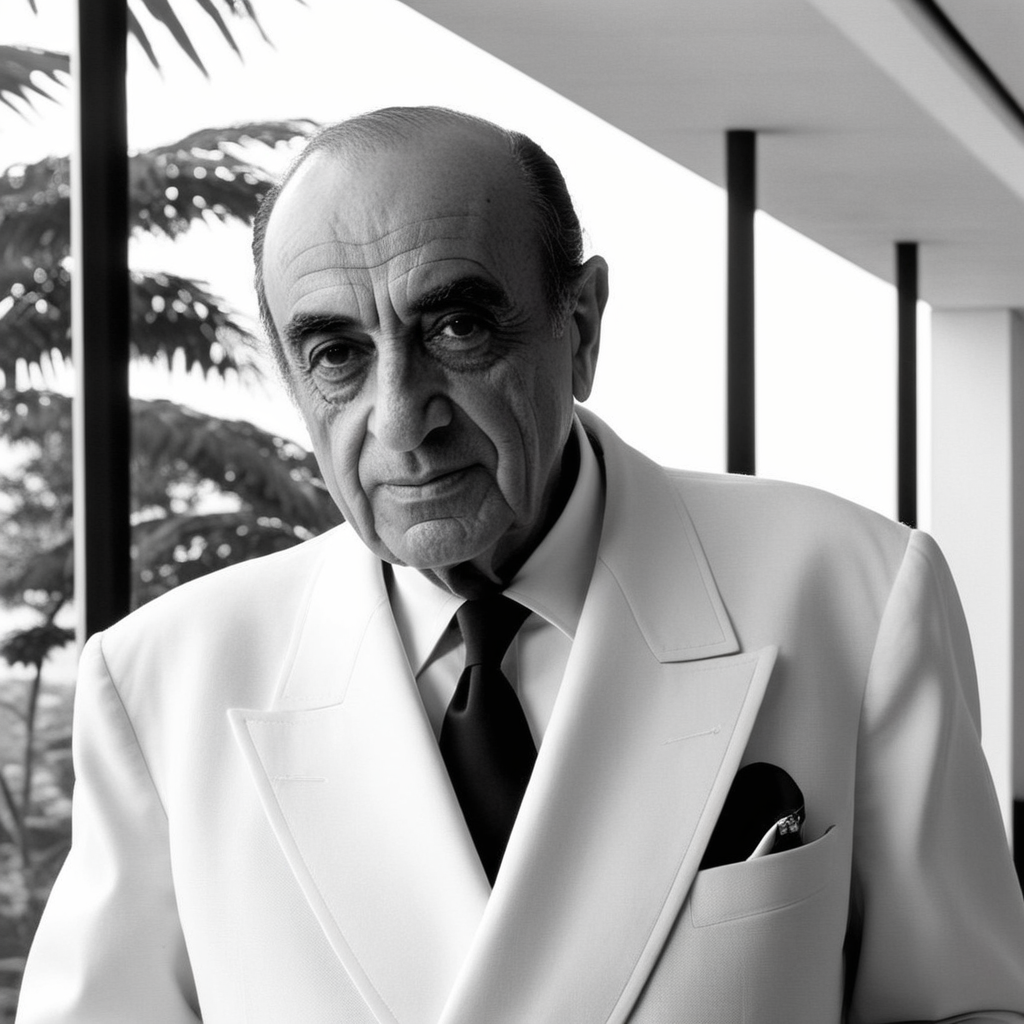Oscar Niemeyer: Curves of Modern Architecture
Oscar Niemeyer: Curves of Modern Architecture
In the ever-evolving landscape of architecture, certain visionaries leave an indelible mark, challenging the norms and redefining the boundaries of design. Oscar Niemeyer, the Brazilian architect, is one such luminary whose work has become synonymous with the sensual allure of curves in modern architecture. Let’s embark on a journey into the world of Oscar Niemeyer, exploring the masterful use of curves that shaped his iconic structures.

A Modernist Visionary
Early Years and Influence
Oscar Niemeyer was born in Rio de Janeiro in 1907. His early exposure to the vibrancy of Brazilian culture, coupled with a keen interest in art, laid the foundation for his unique approach to architecture. Influenced by the modernist movement, Niemeyer’s designs would later become emblematic of the Brazilian architectural identity.
Personal anecdote time: Exploring Niemeyer’s early sketches during my architecture studies, I found myself drawn to the fluidity of his lines. It was as if his sketches were dancing on the paper, hinting at the innovative designs that would unfold in the years to come.
The Pioneering Use of Curves
Brasília: A City of Curves
Niemeyer’s collaboration with urban planner Lúcio Costa gave birth to one of his most iconic projects—the design of Brasília, the capital of Brazil. The city is a testament to Niemeyer’s fascination with curves. From the sinuous lines of the National Congress Building to the sweeping arches of the Cathedral of Brasília, Niemeyer transformed the cityscape into a symphony of curves.
Here’s a thought: Walking through the streets of Brasília, I marveled at how Niemeyer had defied the traditional angular structures of many capitals. The curves created a sense of movement and rhythm, harmonizing with the natural contours of the landscape.
The National Congress Building
An Architectural Icon
The National Congress Building in Brasília stands as a quintessential example of Niemeyer’s mastery of curves. The twin towers, with their sensuous forms, exude a dynamic energy. The building’s design not only captures attention but also challenges the rigidity often associated with governmental structures.
Personal insight: Standing before the National Congress Building, I was struck by the boldness of Niemeyer’s vision. It wasn’t just a government building; it was a statement—a declaration that even in the realm of politics, creativity and innovation have a place.
The Cathedral of Brasília
A Spiritual Haven
Niemeyer’s design for the Cathedral of Brasília deviates from traditional religious architecture. Instead of the conventional spires, he created a hyperbolic structure with stunningly simple lines. The interior, bathed in natural light filtered through a crown of stained glass, offers a spiritual experience marked by serenity and openness.
Food for thought: Stepping into the Cathedral, I felt a profound sense of tranquility. Niemeyer’s departure from the ornate to embrace simplicity highlighted the power of design to evoke emotion and create sacred spaces.
The Niterói Contemporary Art Museum
A Seaside Marvel
Perched on a cliff overlooking Guanabara Bay, the Niterói Contemporary Art Museum is another testament to Niemeyer’s affinity for curves. Its saucer-like form appears to defy gravity, creating a captivating visual contrast against the backdrop of the bay.
Closing reflection: Visiting the Niterói Museum, I marveled at the integration of nature and architecture. Niemeyer’s use of curves not only provided an aesthetically pleasing structure but also offered visitors a unique perspective of the surrounding landscape.
Oscar Niemeyer’s legacy extends beyond concrete and steel; it is etched in the very curves that defined his modernist vision. His ability to infuse life and movement into static structures has left an enduring impact on the world of architecture. As we appreciate the sensual allure of his designs, we are reminded that in the hands of a master like Niemeyer, even the most rigid materials can be transformed into poetry in motion.
